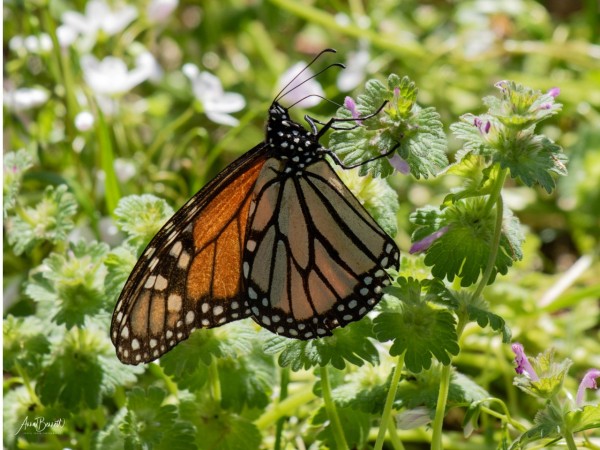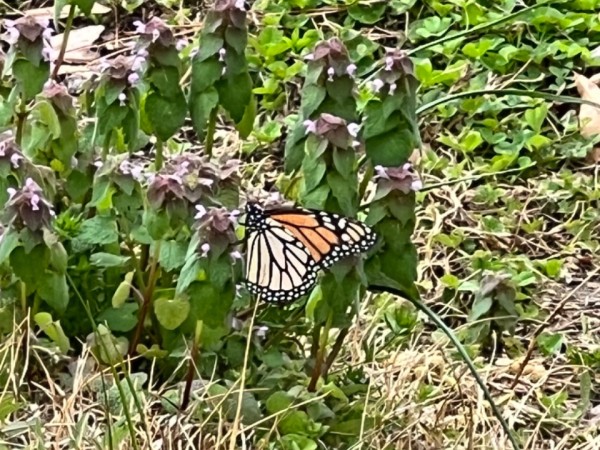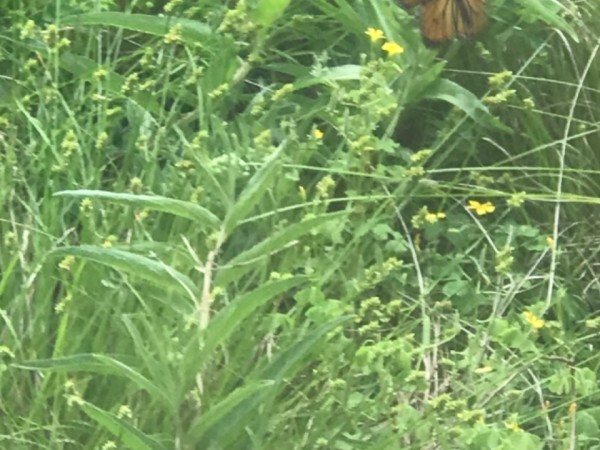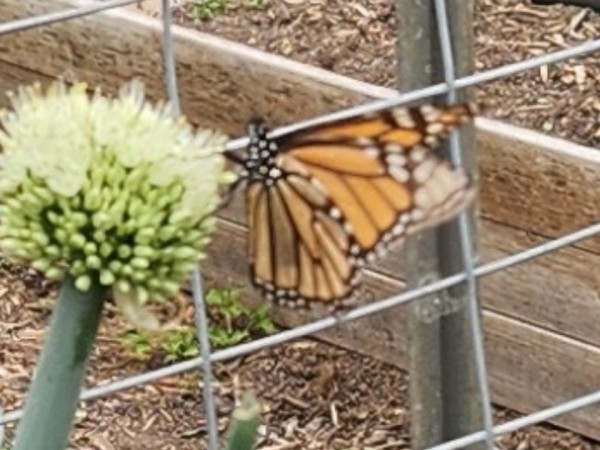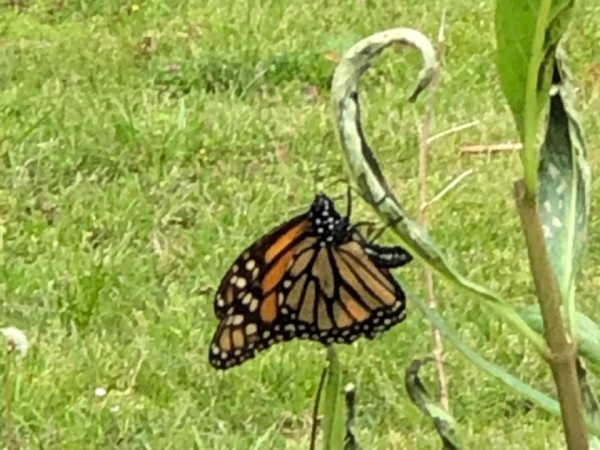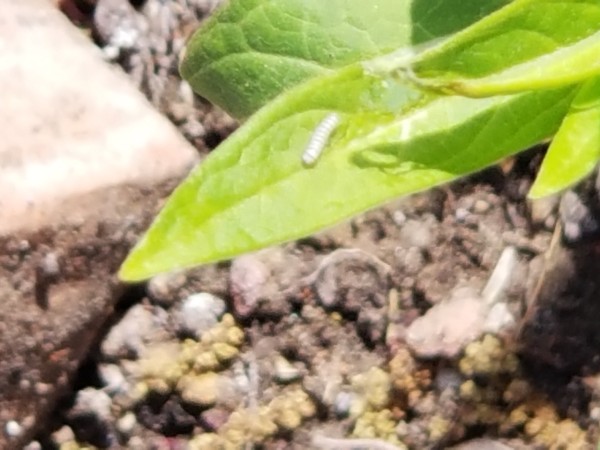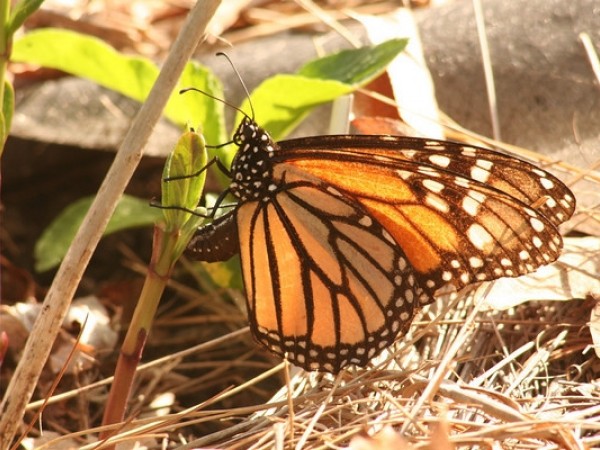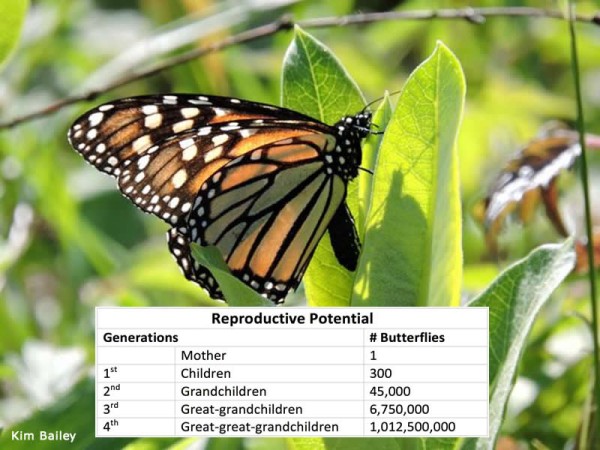Eastern Monarch Spring 2023 Report #1
Searching For Milkweed
Spring Migrating Monarchs
Progress has picked up since last week's update. Within the central flyway, the northern edge of monarch migration has held near Oklahoma City, Oklahoma. Along the Atlantic seaboard, monarchs are making their way northward to South Carolina. Texas remains a hot spot for monarch first sightings.
Anna in Hugo, OK: "First sighting. In my backyard on a mix of dead nettle, hen bit, and other assorted wildflowers." (03/26/2023)
Leah in Oklahoma City, OK: "Beautiful warm 78 degree day (after a cool last few weeks). Cloudy day, monarch fluttered around Bradford pears trees (in bloom) for about 8-10 min, and flew off. Way too early for us - milkweeds not up in my garden yet and seedlings not big enough to put out yet. (03/22/2023)
Warren in Maryville, TN: "Observed Monarch flying around far garden, could not get photo but did find eggs on 6 small Common milkweed plants." (03/26/2023)
Patricia in Moody, AL: "She looked a little pale for a female so could have been a migrating female. Necturing on spring weeds." (03/24/2023)
Frieda in Austin, TX: "A female adult monarch, my first monarch sighting in my small native milkweed prairie. Wings looks in good condition but pale in color, so she might be a migrating monarch. Landed on an antelope horn milkweed plant to lay egg, then kept flying and fluttering before landing on different milkweed patches. She was fluttering around and landed on selected milkweed patches for about a half hour before she finally flew away from my milkweed. I have 18 antelope horn milkweed patches but only a few that got her attention, probably looking for ideal spot to lay her eggs." (03/23/2023)
Ivy in Snook, TX: "Looked pretty faded and bedraggled." (03/27/2023)
Regina in Mt. Pleasant, TX: "First Monarch of the season laying eggs in our Master Gardeners Butterfly Garden today!" (03/22/2023)
Milkweed, Eggs, and Caterpillars
Where temperatures are warm, the next generation of monarchs can complete the life cycle. But monarchs need available milkweed in addition to warm temperatures. Keep your eye on where milkweed has emerged. Is milkweed growing fast enough to keep up with the pace of migration? Explore our Milkweed (First Sighted) map to find out.
Kathleen in Greenwood, SC: "1 female laying heavily on AsclepiaS Tuberosa AND Incarnata between 3:15 and 4:15 PM EST Temperature 75 degrees F" (03/25/2023)
Joyce in Campobello, SC: "So excited to see the first of the milkweed after having as extraordinary week of overnight freezing temperatures. Now bring on the Monarchs." (03/23/2023)
Amanda in Weimar, TX: "Female monarch searching out for milkweed. Ovipositing on zizotes milkweed that grows wild on our property." (03/23/2023)
Dawn in Mansfield, TX: "First cat on our swamp milkweed today. Several other leaves with little holes so probably more. Sunny, 64 degrees. Moderate north wind." (03/27/2023)
Report Your Observations and Include Photos
As migration gains momentum, remember to report your monarch observations to Journey North. Whenever possible, include photos in your reports. Photos provide indicators such as wing condition to help determine if a monarch is migratory or not.
Published: 03/28/2023
